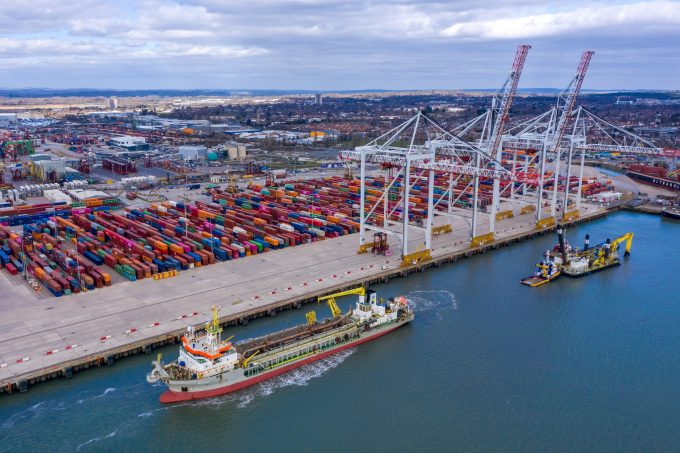India-Africa: Capacity revamp as demand brings rate gains for carriers
India-Africa trade is seeing a reconfiguration of capacity deployment due to the shipping alliance changes ...

The liner industry’s schedule reliability performance declined in the first quarter of this year, reserving earlier improvements as the Red Sea crisis and mounting port congestion disrupted carrier services.
According to new data from liner database eeSea, which today published its first-quarter Schedule Reliability Scorecard, after ...

Comment on this article